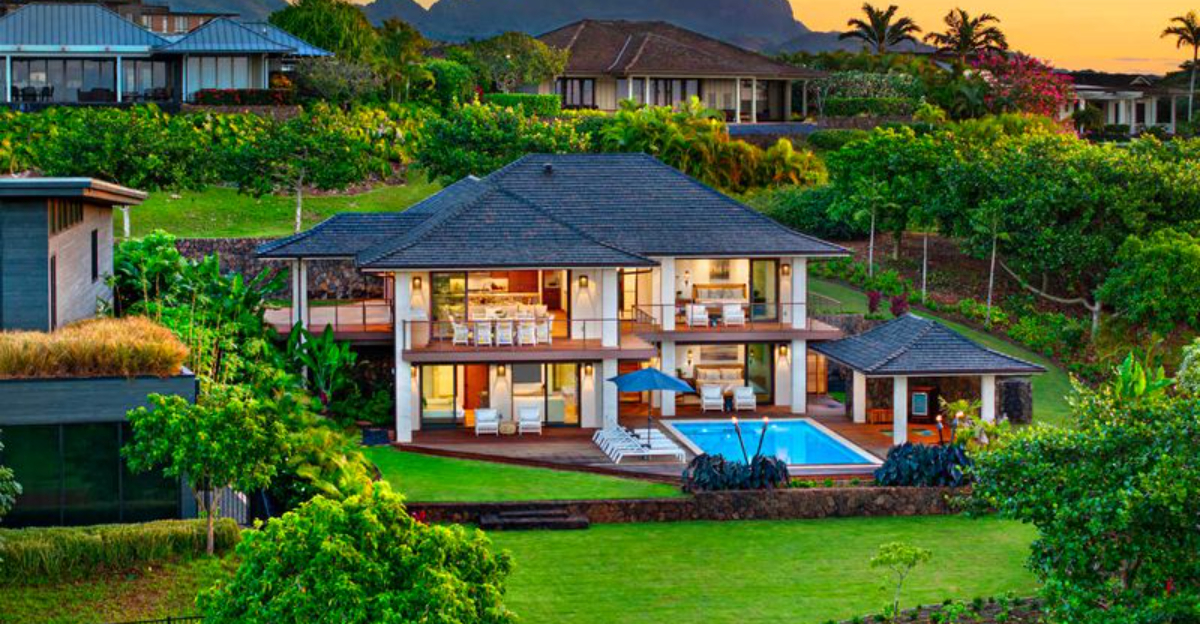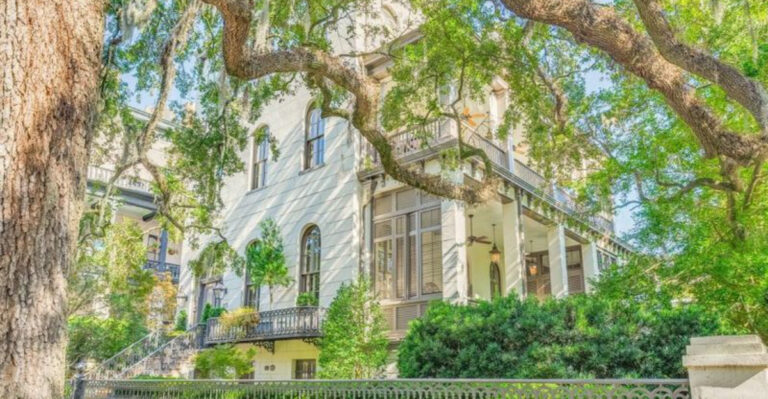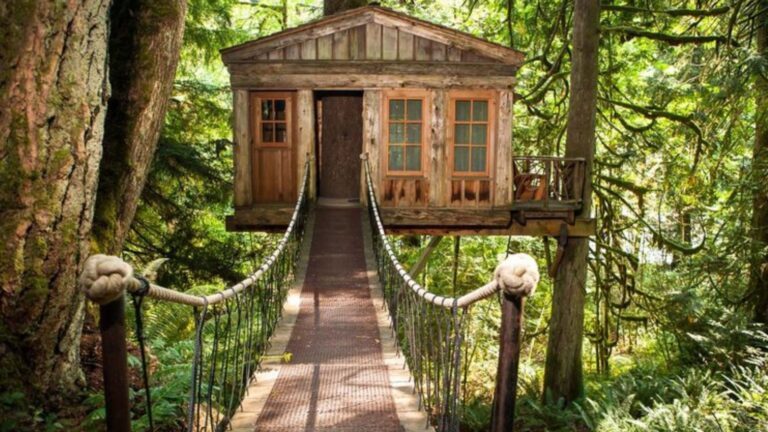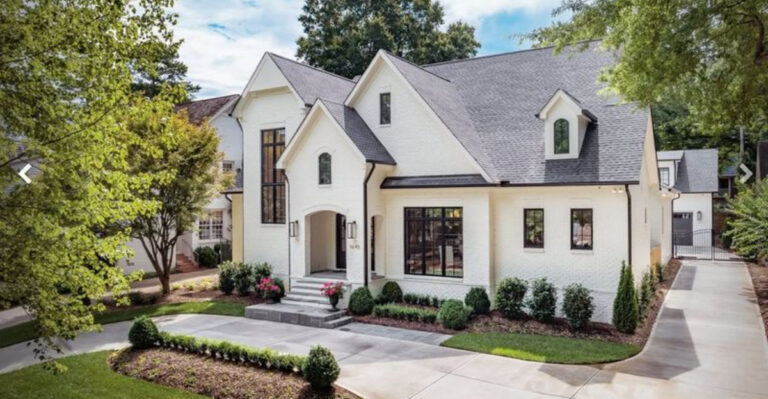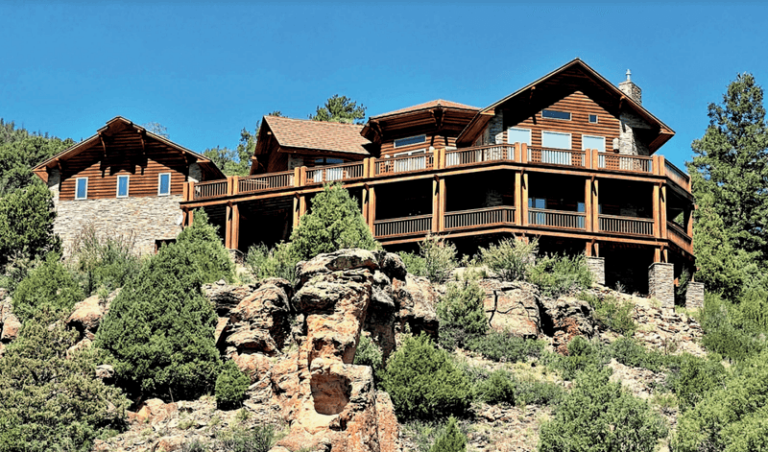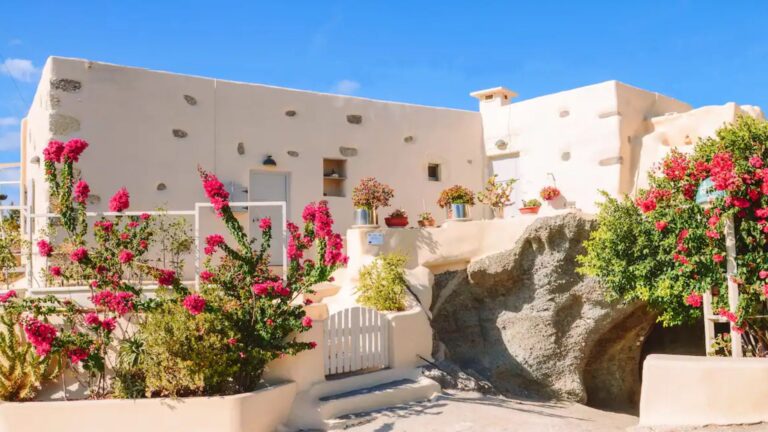Ranked: The Average Home Size In Each State In The US
I’ve always been curious about how my own home compares to others around the country, are we living large or cozy compared to everyone else? Turns out, house sizes vary wildly depending on where you live, shaped by everything from the cost of land to what people in your area value most in a home.
From sprawling mountain cabins with room to roam to snug seaside cottages perfect for minimalist living, it’s fascinating to see how the average home size shifts across the U.S.
1. Utah Takes The Crown
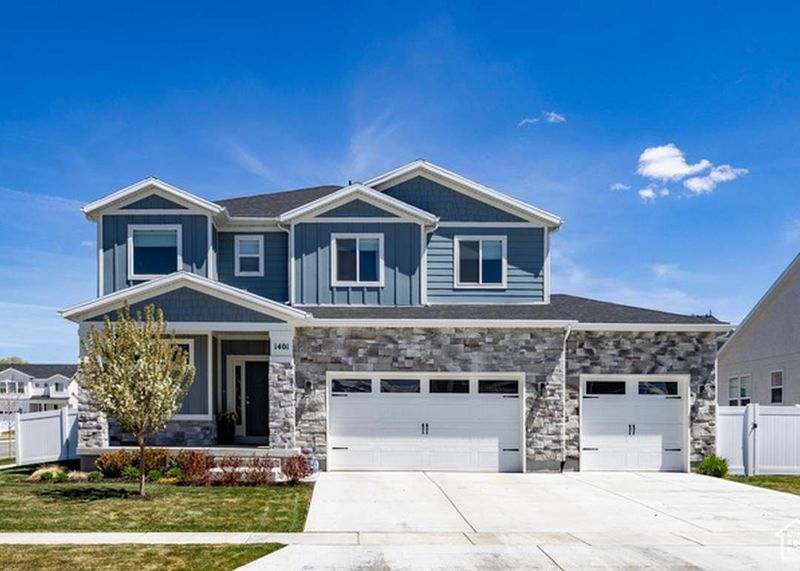
Sprawling across an impressive 2,800 square feet on average, Utah homes reign supreme in the size department. Families in the Beehive State enjoy ample space for their typically larger households.
The Mormon influence on family structure has shaped housing preferences, creating demand for homes with extra bedrooms and gathering spaces. Lower land costs compared to coastal states allow builders to construct more generous footprints without breaking the bank.
2. Colorado’s Mountain Mansions
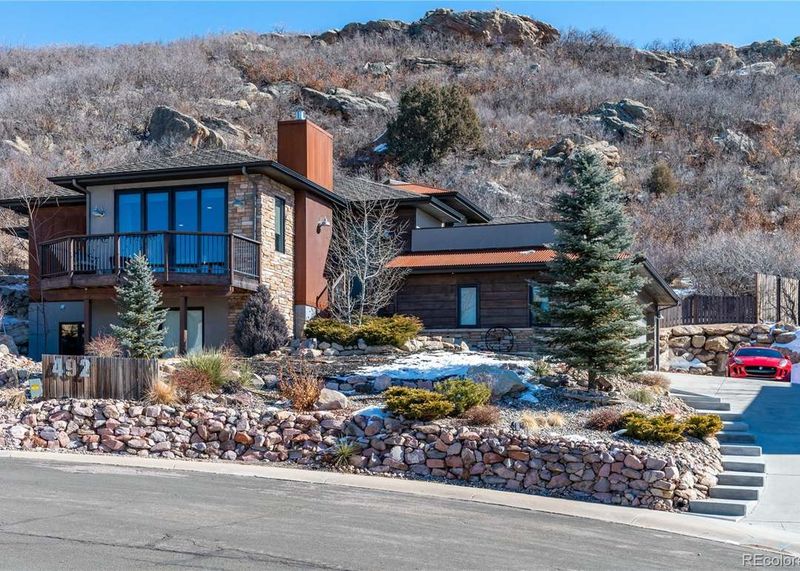
Coming in second place, Colorado residences average a roomy 2,464 square feet. The Centennial State’s prosperity has fueled a boom in luxury mountain homes and expansive suburban developments.
Many Colorado homeowners prioritize space for outdoor gear storage and entertaining areas that complement their active lifestyles. The state’s robust economy and tech industry growth have attracted affluent buyers who can afford larger properties with stunning Rocky Mountain views.
3. Idaho’s Growing Footprint
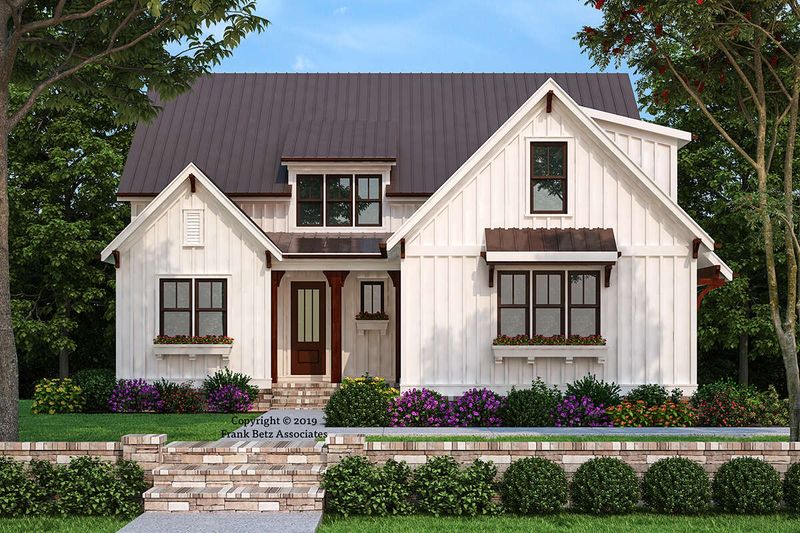
Idaho homes stretch across 2,311 square feet on average, securing third place in our ranking. The Gem State has become a haven for transplants seeking more bang for their buck in housing.
Recent population growth, particularly from California escapees, has sparked new construction of generously sized homes. Residents value space for gardens, home offices, and recreation rooms that support their quality of life in this outdoorsy paradise.
4. Wyoming’s Wide Open Spaces
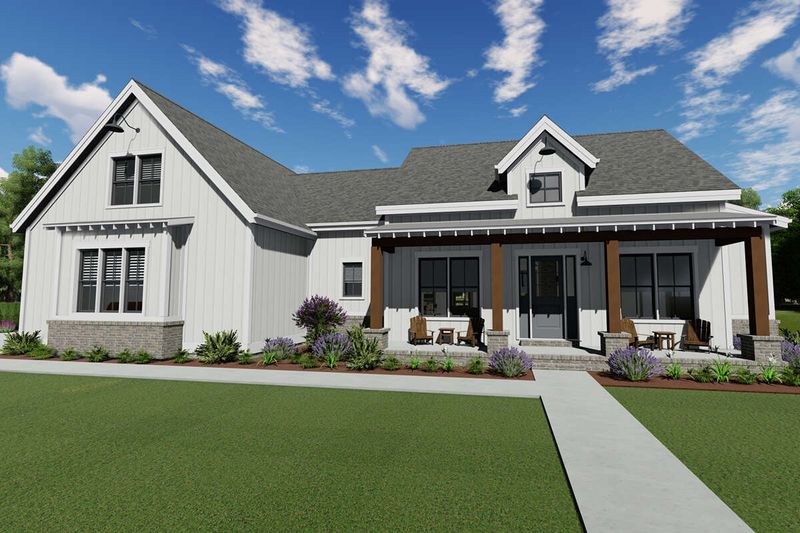
Wyoming homes stretch across an average of 2,285 square feet, reflecting the state’s abundance of land and relatively low population density. The Cowboy State embraces its frontier spirit with homes that aren’t afraid to spread out.
Many Wyoming properties feature attached garages and workshops for vehicles, tools, and equipment necessary for rural living. The harsh winters influence design choices too, with spacious great rooms centered around substantial fireplaces being a common feature.
5. Delaware’s Surprising Size
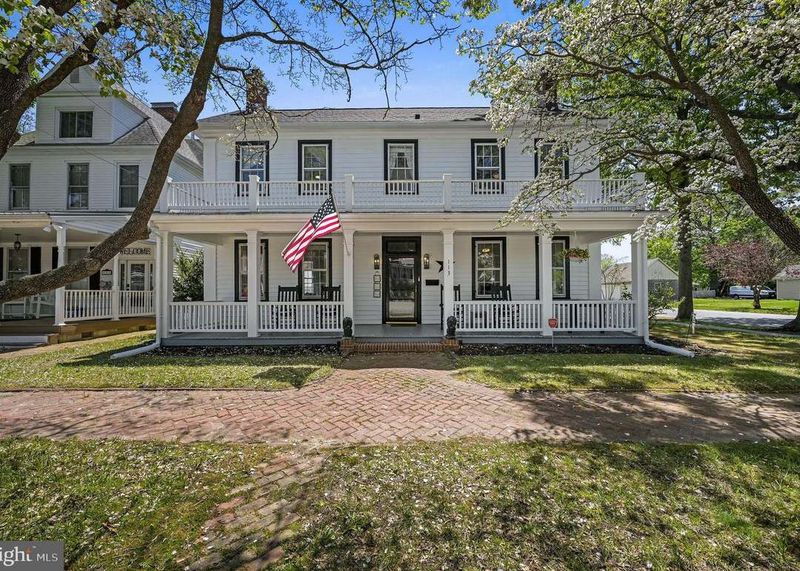
Who knew tiny Delaware would have such big homes? Averaging 2,277 square feet, the First State rounds out our top five with impressively sized dwellings.
The absence of sales tax has made Delaware a shopping destination, and apparently, that extends to home shopping too! Many residents work in nearby metropolitan areas but choose Delaware for its lower property taxes and more affordable large homes compared to neighboring states.
6. Maryland’s Magnificent Manors
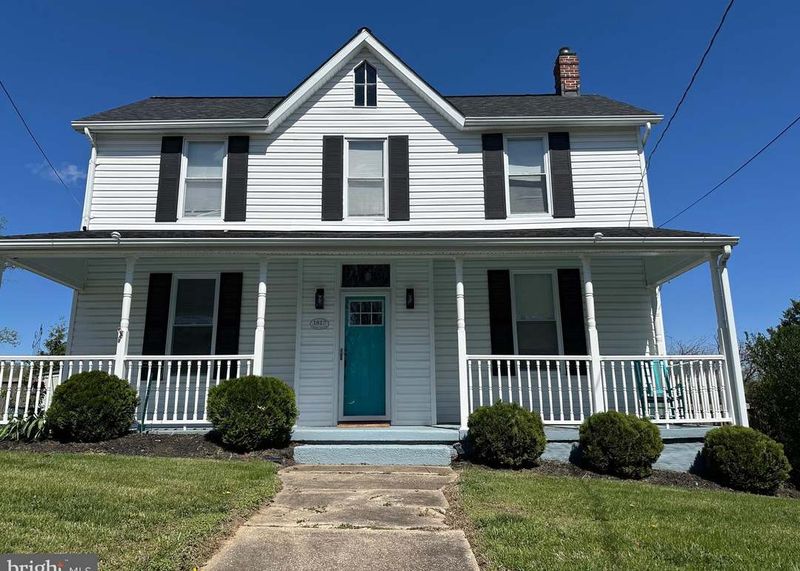
Maryland homes average 2,200 square feet, providing ample living space for residents of this Mid-Atlantic state. The proximity to Washington D.C. creates demand for upscale housing among government employees and contractors.
Historical influences are evident in many Maryland homes, with colonial and federal architectural styles featuring generous proportions. The state’s diverse geography means you’ll find everything from spacious waterfront properties along Chesapeake Bay to roomy suburban developments outside Baltimore.
7. Nevada’s Desert Domains
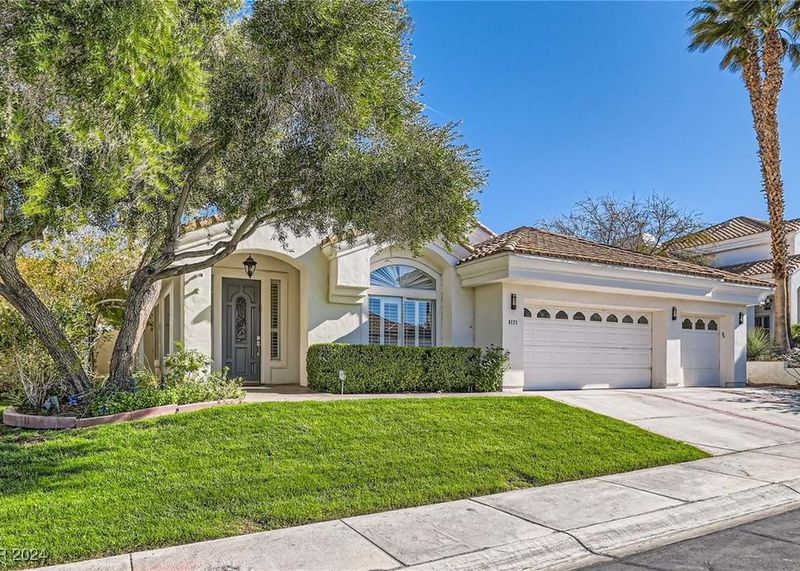
Nevada homes spread across 2,195 square feet on average, offering residents plenty of room to escape the desert heat. The Silver State’s relatively affordable land prices outside Las Vegas allow for bigger builds.
Many Nevada homes feature spacious layouts with high ceilings that help keep interiors cool. Swimming pools and covered patios are common features that extend the living space outdoors, making the overall footprint feel even larger for entertainment and relaxation.
8. Arizona’s Airy Abodes
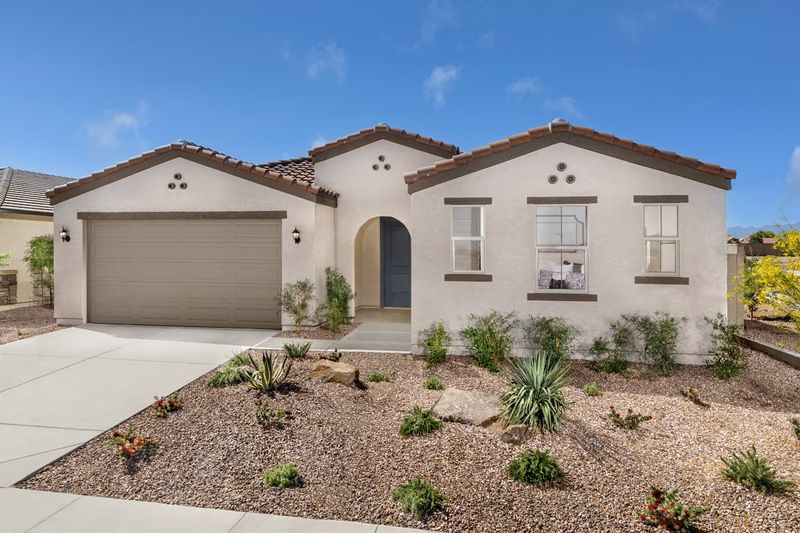
Arizona homes average 2,174 square feet, providing desert dwellers with plenty of indoor space to beat the heat. Retirees and snowbirds have influenced the housing market, demanding roomier homes with guest accommodations.
The state’s famous retirement communities often feature spacious single-story designs with open floor plans. Many Arizona homes incorporate covered patios and indoor-outdoor living spaces that effectively expand the usable square footage beyond what appears on paper.
9. South Carolina’s Southern Comfort
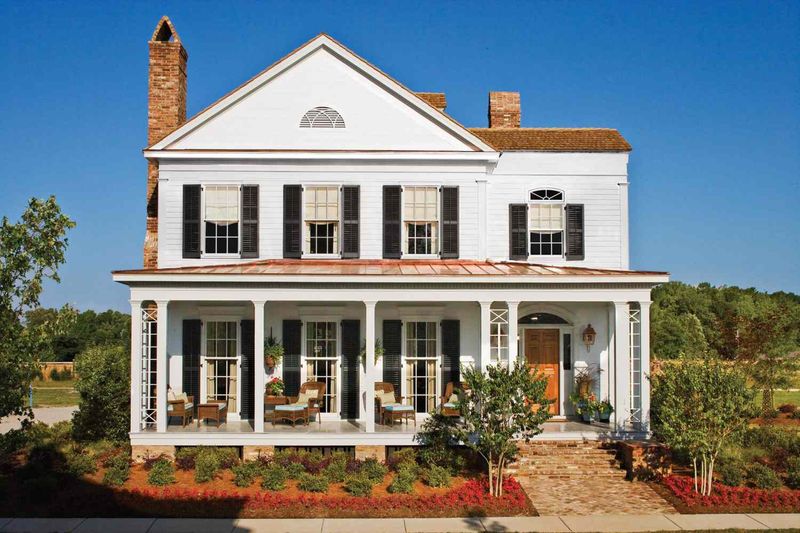
South Carolina homes average 2,169 square feet, offering generous proportions that embody southern hospitality. The Palmetto State’s mix of historical architecture and new construction creates diverse housing options.
Traditional southern features like wide front porches and spacious kitchens add functional living area to many homes. The state’s more affordable land costs compared to northern neighbors allow homebuyers to stretch their dollars into larger properties with room for entertaining extended family.
10. Georgia’s Generous Geometry
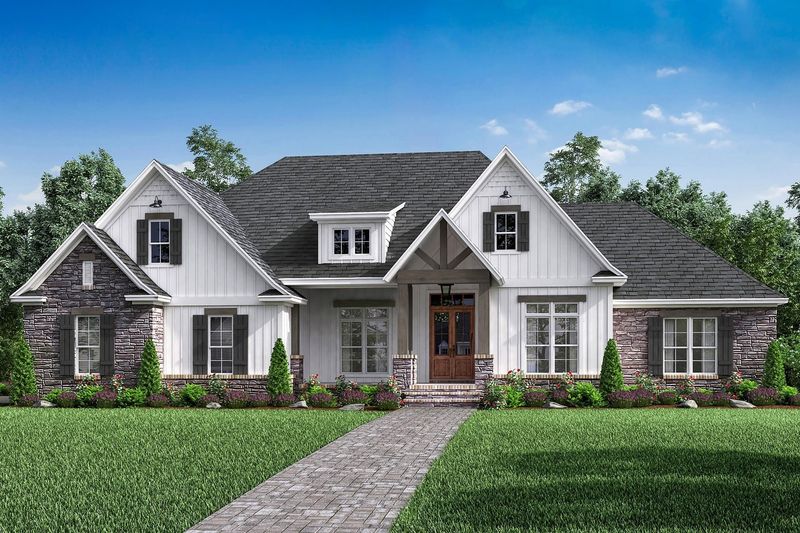
Georgia homes average 2,142 square feet, providing plenty of peach-picking space! The Empire State of the South balances urban density in Atlanta with sprawling suburban and rural properties.
Many newer Georgia homes feature open-concept designs with bonus rooms and finished basements that add functional living space. The state’s famous southern architecture includes spacious verandas and high ceilings that make homes feel even larger than their square footage suggests.
11. New Hampshire’s Northern Nests

New Hampshire homes average 2,125 square feet, offering cozy yet spacious retreats for Granite State residents. The state’s four distinct seasons influence home design, with many properties featuring mudrooms and ample storage for seasonal gear.
Colonial and Cape Cod architectural styles dominate, often with additions that have expanded original footprints over time. Many New Hampshire homes include finished basements that provide extra living space during the long winters, effectively increasing the usable square footage.
12. Virginia’s Venerable Volumes
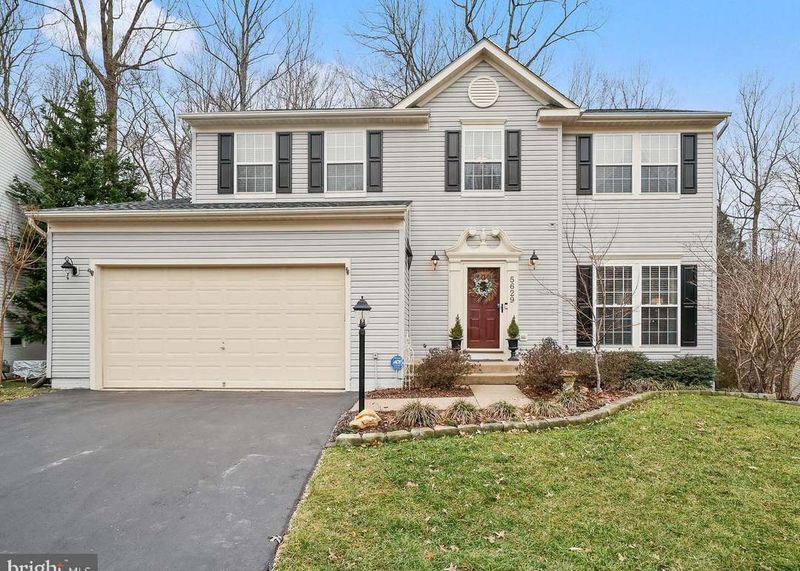
Virginia homes stretch across 2,118 square feet on average, reflecting the state’s blend of historical influence and modern development. The Old Dominion’s proximity to Washington D.C. has created demand for spacious suburban homes among government workers.
Many Virginia properties showcase colonial architecture with generous proportions and formal living spaces. The state’s diverse geography means you’ll find everything from sprawling rural estates to roomy townhomes designed to maximize space in more urban areas.
13. Tennessee’s Tuneful Territories
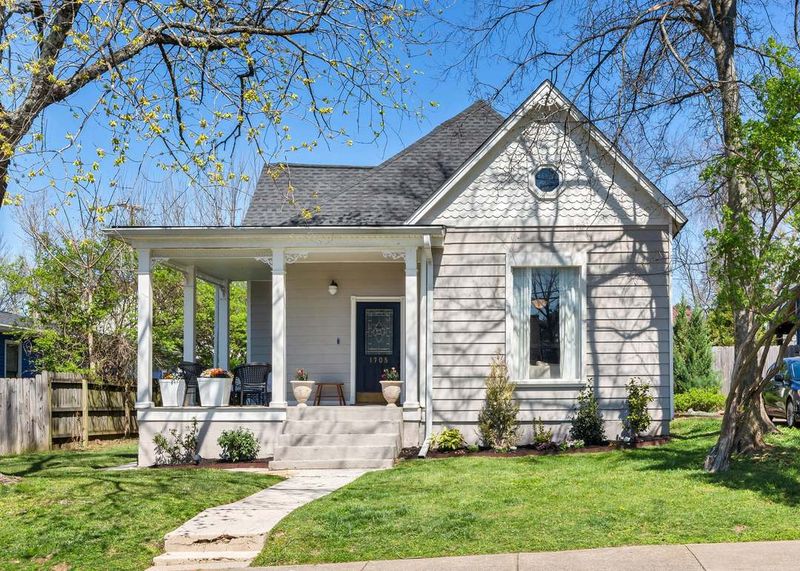
Tennessee homes average 2,112 square feet, giving residents plenty of room to store their guitars and country music memorabilia! The Volunteer State offers affordable housing compared to many regions.
Many Tennessee homes feature bonus rooms that can serve as music studios, entertainment spaces, or home offices. The state’s varied landscape has influenced architectural styles, from spacious mountain cabins in the east to roomy suburban developments around Nashville and Memphis.
14. Montana’s Majestic Manses
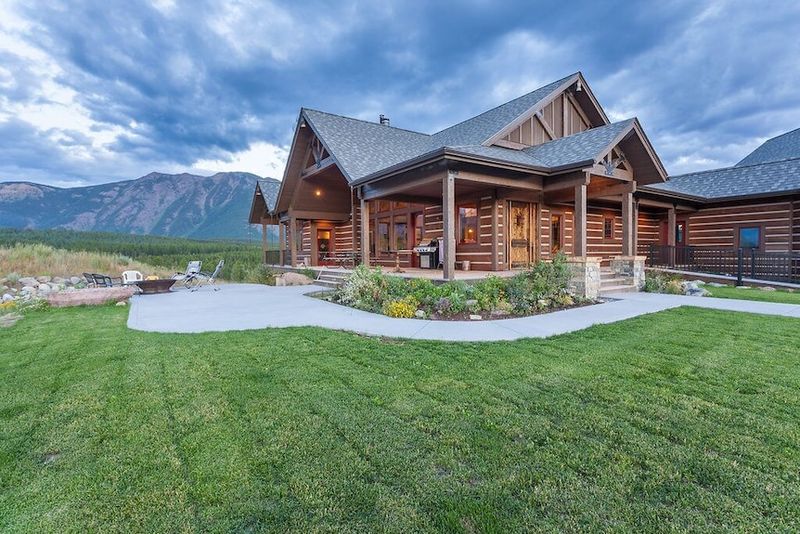
Montana homes average 2,098 square feet, providing Big Sky Country residents with appropriately sized living spaces. The state’s abundance of land and natural beauty attracts those seeking spacious homes with stunning views.
Many Montana properties feature rustic designs with large windows to showcase the mountainous landscape. Practical considerations like mudrooms and equipment storage for outdoor activities are common features that add to the overall square footage of these mountain state homes.
15. Florida’s Sunny Spreads
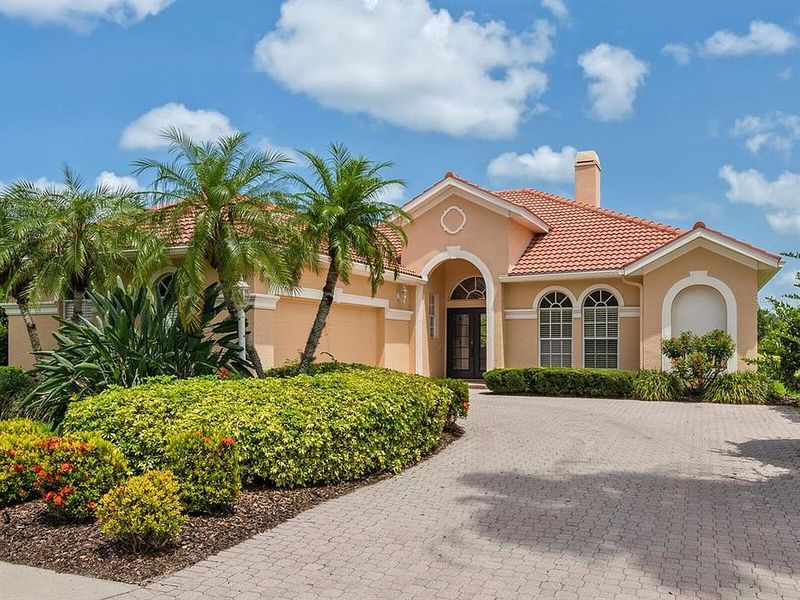
Florida homes average 2,087 square feet, offering Sunshine State residents plenty of room to escape the heat and hurricanes. The state’s popularity among retirees has influenced housing design, with many homes featuring single-story layouts for accessibility.
Open floor plans that maximize airflow are common in this humid climate. Many Florida homes effectively extend their living space with lanais, screened porches, and outdoor kitchens that create usable square footage beyond the official measurements.
16. North Carolina’s Notable Nooks
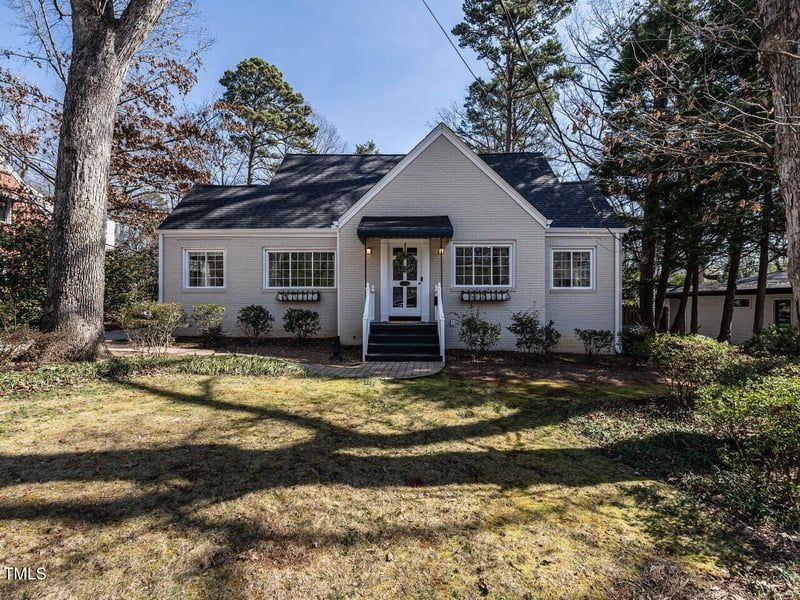
North Carolina homes average 2,081 square feet, offering Tar Heel residents comfortable living spaces across diverse regions. The state’s strong economic growth has fueled new construction of larger homes, particularly around the Research Triangle and Charlotte.
Many North Carolina properties feature bonus rooms above garages that add flexible living space. The state’s mild climate encourages outdoor living areas like decks and screened porches that effectively extend the usable square footage beyond interior measurements.
17. Texas-Sized Dwellings

Everything’s bigger in Texas—except, surprisingly, the homes! Averaging 2,070 square feet, Texas ranks 17th despite its reputation for grandeur. The Lone Star State’s diverse housing market ranges from urban condos to sprawling ranches.
Many Texas homes feature open floor plans with high ceilings that create an impression of even greater space. The state’s warm climate encourages outdoor living areas like patios and summer kitchens that effectively extend the functional square footage beyond interior measurements.
18. Alabama’s Ample Accommodations
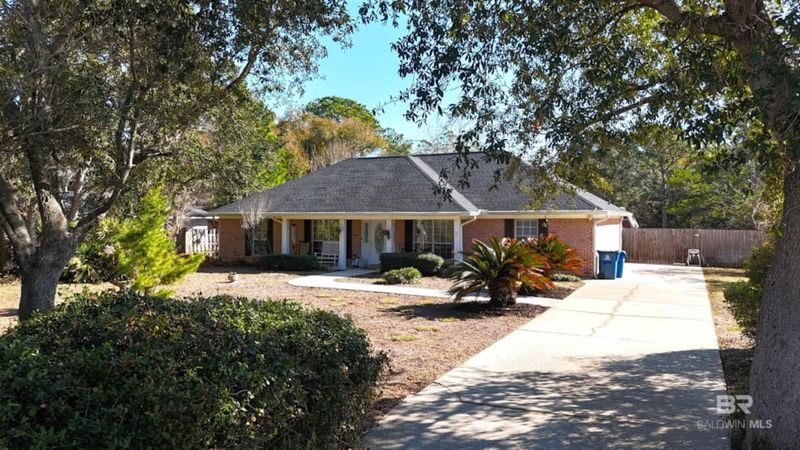
Alabama homes average 2,062 square feet, providing Sweet Home residents with comfortable living spaces at affordable prices. The state’s lower cost of living allows homebuyers to get more square footage for their dollar compared to many regions.
Traditional southern architectural elements like front porches and large kitchens are common features. Many Alabama homes include bonus rooms or finished basements that add functional living space beyond the main floor plan, especially in newer suburban developments.
19. Washington’s Wonderful Widths
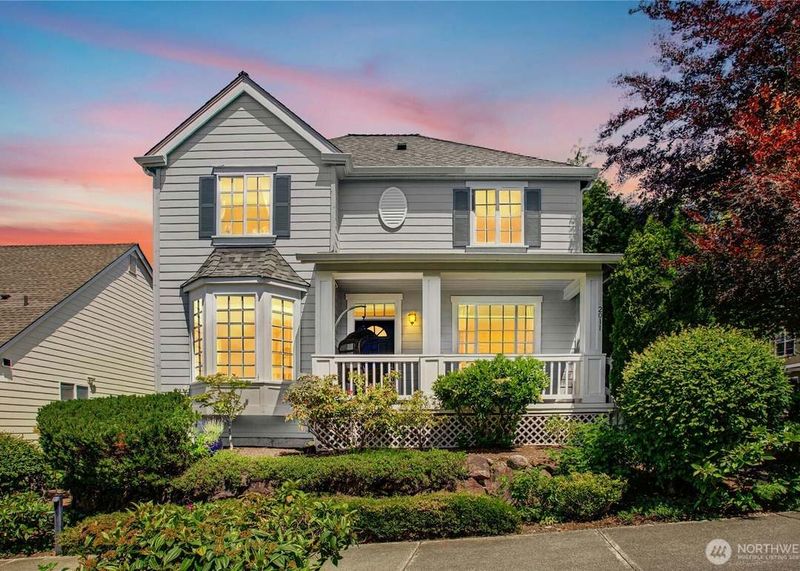
Washington homes average 2,059 square feet, offering residents comfortable space despite the state’s reputation for pricey real estate. The Evergreen State’s diverse housing market ranges from compact Seattle apartments to sprawling eastern Washington properties.
Many Washington homes feature designs that maximize natural light to combat the cloudy climate. The tech boom has influenced newer construction, with flexible spaces for home offices becoming increasingly common in this state known for remote work pioneers.
20. Minnesota’s Mighty Measurements
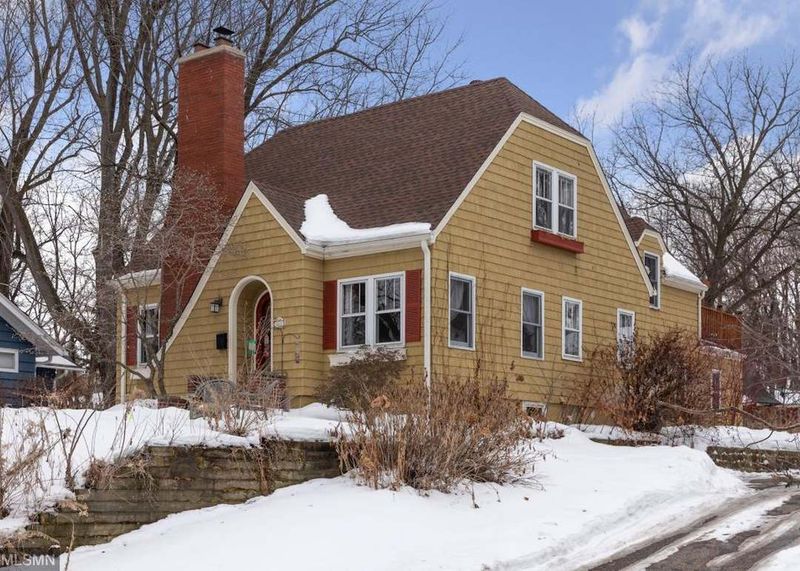
Minnesota homes average 2,055 square feet, giving residents plenty of indoor space to escape those infamous winters! The Land of 10,000 Lakes features housing designed with cold weather in mind.
Many Minnesota homes include mudrooms for storing bulky winter gear and boots. The state’s practical Midwestern sensibility shows in efficient floor plans that maximize usable space, often with finished basements that provide additional living area during the long winter months.
21. Indiana’s Impressive Interiors
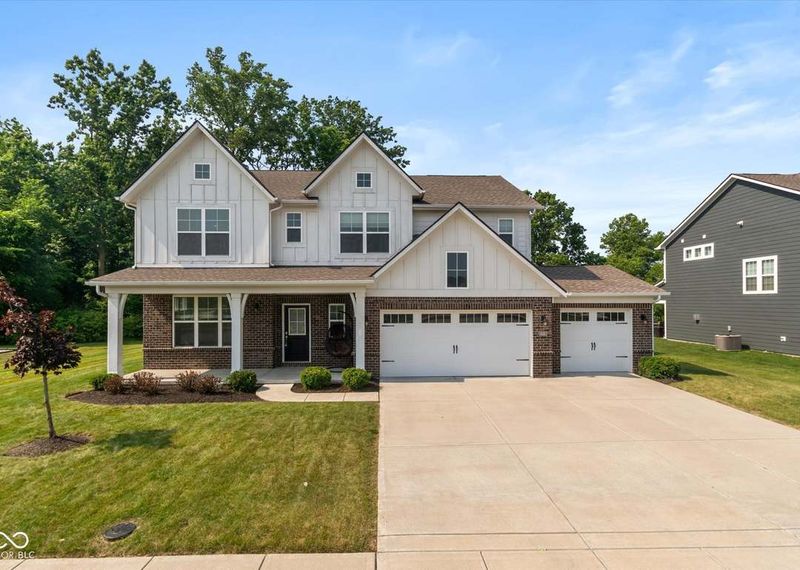
Indiana homes average 2,048 square feet, offering Hoosiers comfortable living spaces at relatively affordable prices. The state’s strong manufacturing heritage has influenced practical, value-oriented housing design.
Many Indiana properties feature traditional two-story layouts with formal and informal living areas. Basketball-loving residents often ensure their homes have ample driveway space for hoops or finished basements that can accommodate game watching parties during the state’s beloved basketball season.
22. Louisiana’s Lively Layouts
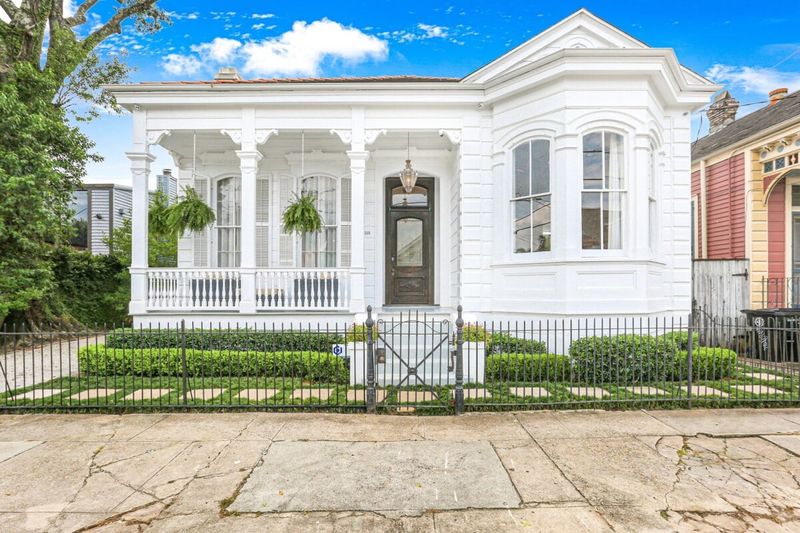
Louisiana homes average 2,045 square feet, providing plenty of room for Mardi Gras decorations and crawfish boils! The Pelican State’s unique architectural heritage creates distinctive housing options not seen elsewhere.
Many Louisiana homes feature high ceilings and large windows that help manage the humid climate. The state’s famous shotgun houses and Creole cottages may be modest in size, but newer suburban developments offer more generous square footage, balancing the statewide average.
23. Pennsylvania’s Practical Proportions
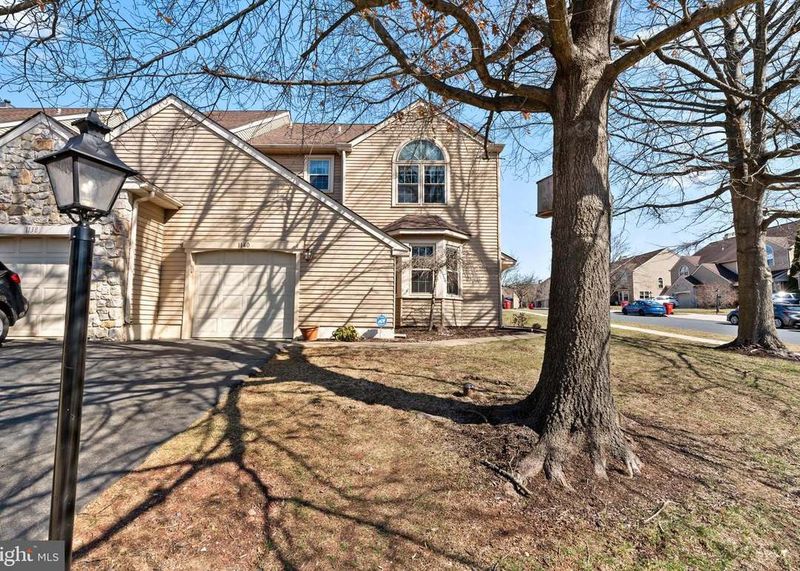
Pennsylvania homes average 2,036 square feet, slightly above the national median. The Keystone State’s mix of urban centers, suburban communities, and rural areas creates diverse housing options.
Many Pennsylvania properties showcase historical influences, from Philadelphia row houses to Pittsburgh Victorians. The state’s older housing stock includes many homes that have been expanded over time, with additions and finished basements that increase the original footprint to meet modern living expectations.
24. South Dakota’s Surprising Spaces
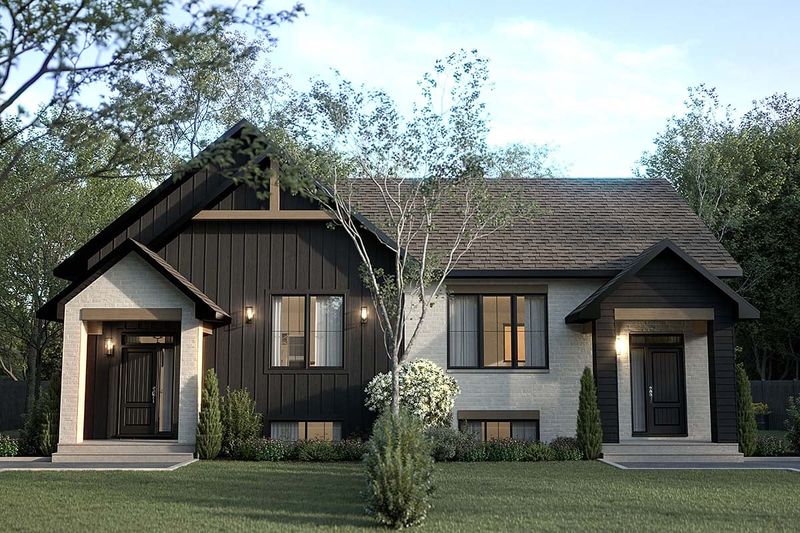
South Dakota homes average 2,028 square feet, offering prairie dwellers comfortable interiors despite the state’s rural reputation. Mount Rushmore State residents enjoy relatively affordable housing costs that allow for more square footage per dollar.
Many South Dakota homes feature practical designs that accommodate the extreme temperature variations throughout the year. Newer construction often includes open floor plans with great rooms that create gathering spaces for families during the long winters.
25. Ohio’s Ordinary Offerings
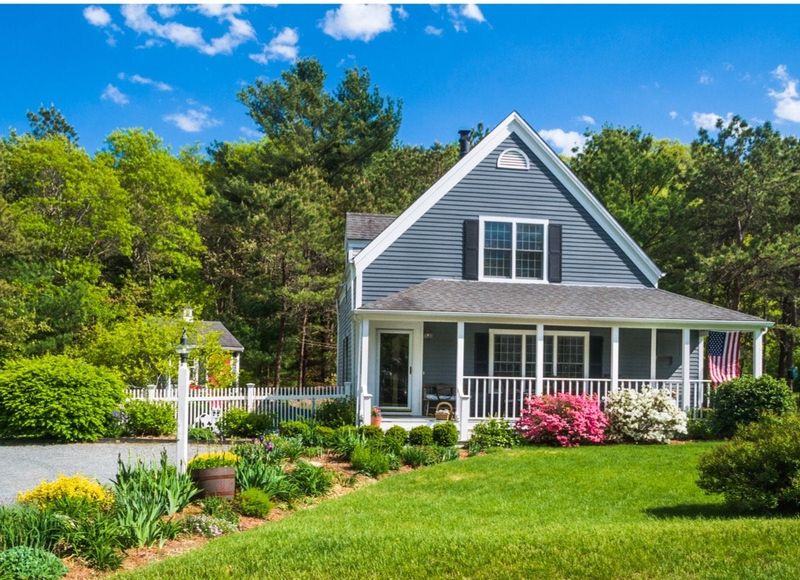
Ohio homes hover right at the national average, with 2,024 square feet of living space. The Buckeye State’s affordable housing market allows residents to enjoy comfortable homes without breaking the bank.
Many Ohio properties feature traditional two-story colonial or craftsman designs that maximize space efficiency. The state’s mix of urban centers, suburbs, and rural communities creates varied housing options, from compact Cleveland townhomes to spacious Columbus suburban developments.
26. New Jersey’s Notable Numbers
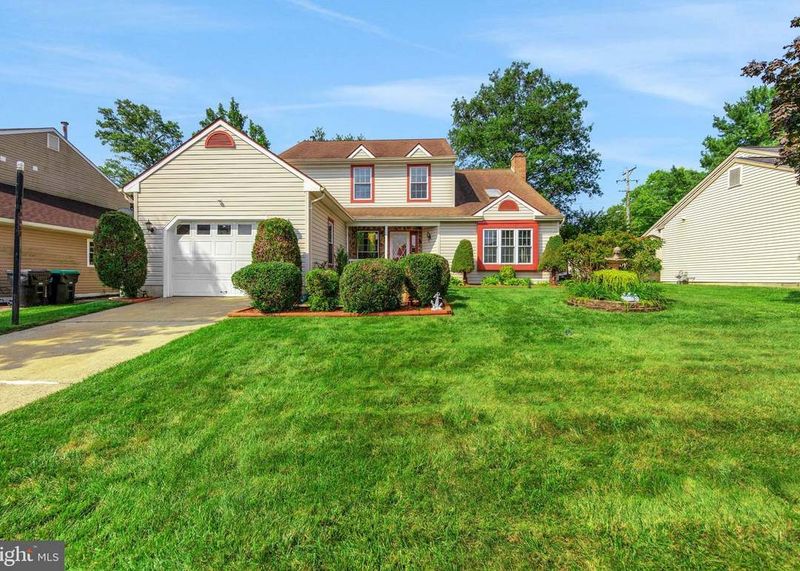
New Jersey homes average 2,016 square feet, just a hair above the national median. The Garden State’s proximity to major metropolitan areas creates high demand for housing despite limited space.
Many New Jersey properties maximize their footprints with finished basements and attic conversions. The state’s diverse housing stock ranges from historic townhomes to sprawling suburban developments, with newer construction trending toward more efficient use of available land.
27. Wisconsin’s Welcoming Widths
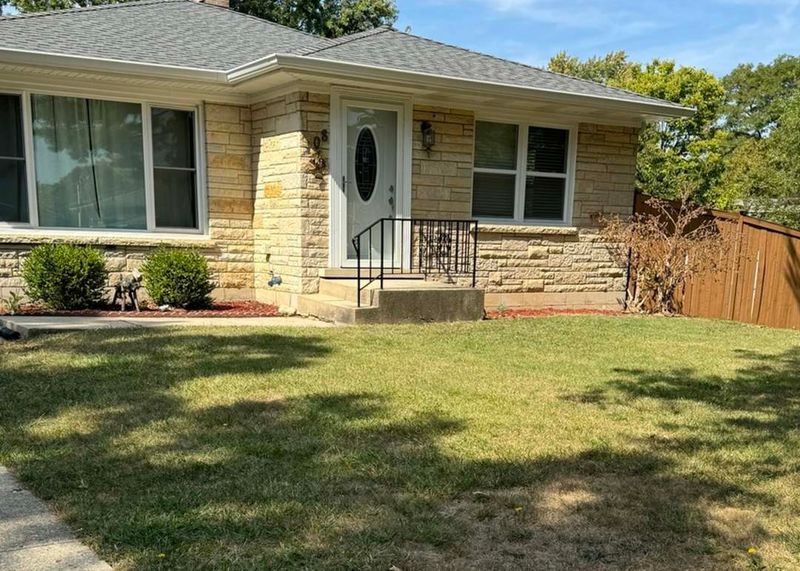
Wisconsin homes average 2,014 square feet, exactly matching the national median. The Badger State’s practical Midwestern sensibility is reflected in housing that prioritizes function over extravagance.
Many Wisconsin homes feature basements that provide additional living space during harsh winters. The state’s strong German and Scandinavian influences are evident in efficient floor plans and thoughtful storage solutions that maximize usable space without unnecessary excess.
28. Missouri’s Middle-Ground Mansions
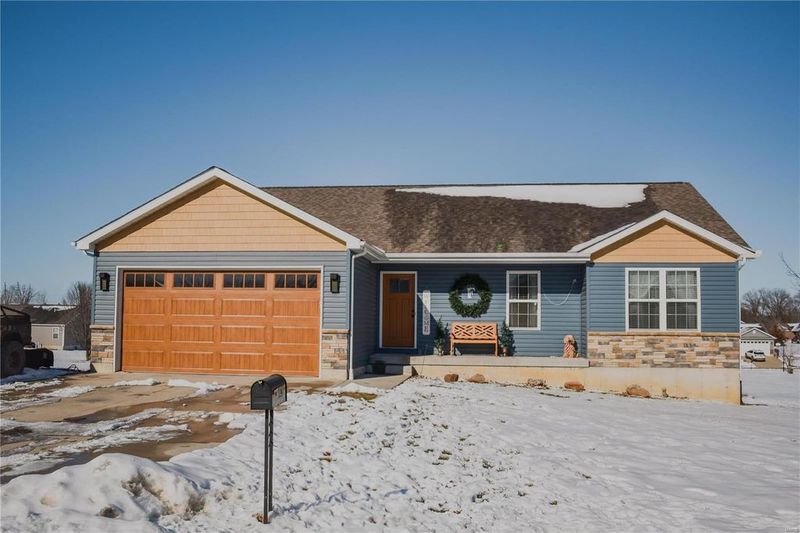
Missouri homes average 2,010 square feet, placing the Show-Me State near the middle of our ranking. This heartland state offers affordable housing that strikes a balance between space and practicality.
Many Missouri properties feature traditional designs with formal and informal living areas. The state’s diverse geography creates varied housing options, from Kansas City and St. Louis suburban developments to more spacious rural properties throughout the Ozarks region.
29. Massachusetts’ Modest Measurements
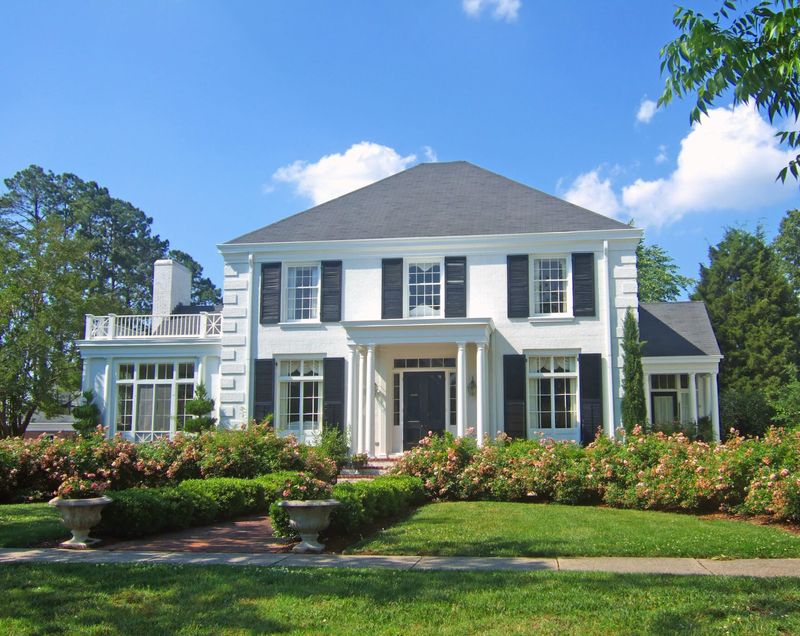
Massachusetts homes average 2,005 square feet, surprisingly spacious given the state’s high property values. The Bay State’s mix of historical architecture and modern development creates diverse housing options.
Many Massachusetts properties showcase colonial influences, with formal layouts that maximize available space. The state’s older housing stock often features smaller rooms than modern open-concept designs, but renovations frequently combine spaces to create more contemporary flow while maintaining historical character.
30. Vermont’s Verdant Volumes
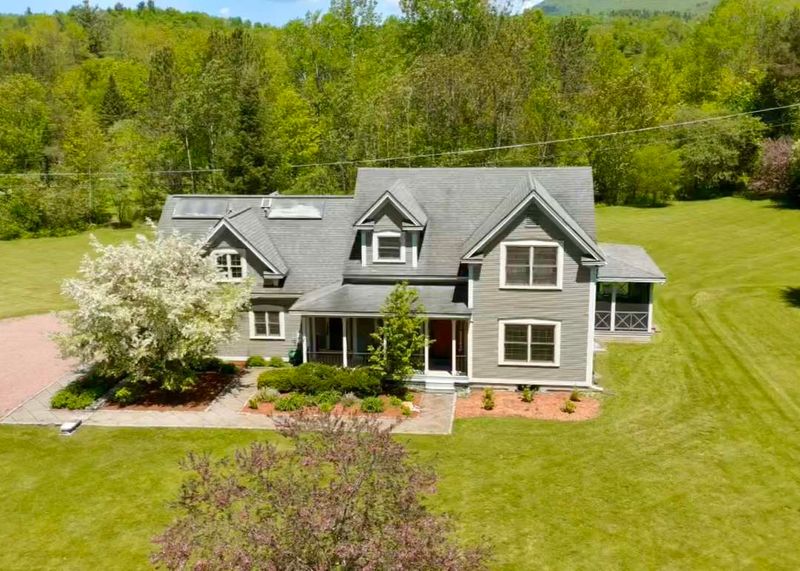
Vermont homes average 2,001 square feet, offering Green Mountain State residents just enough space to store their maple syrup collections! The state’s commitment to environmental conservation influences housing design and development.
Many Vermont properties feature traditional New England architecture with modern energy-efficient upgrades. The state’s four distinct seasons create demand for mudrooms, wood storage areas, and other practical spaces that contribute to the overall square footage while serving essential functions.
31. Michigan’s Measured Manors

Michigan homes average 1,996 square feet, just under the national median. The Great Lakes State offers affordable housing options that provide comfortable living spaces without excessive size.
Many Michigan properties feature basements that add functional living area beyond the main floor plan. The state’s automotive heritage is reflected in generous garage space for vehicles and storage, particularly important during snowy winter months when outdoor storage becomes impractical.
32. Kansas’ Comfortable Cottages
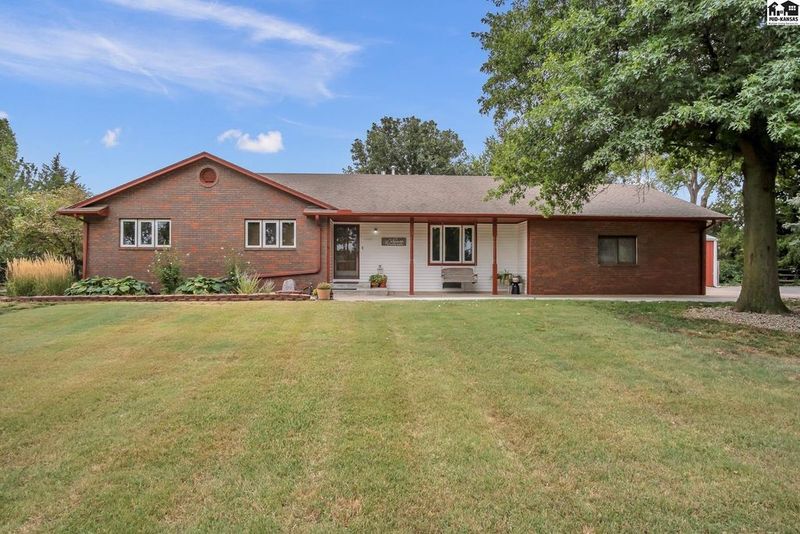
Kansas homes average 1,987 square feet, offering Sunflower State residents practical living spaces without unnecessary excess. The state’s agricultural heritage influences housing that prioritizes function and efficiency.
Many Kansas properties feature traditional designs with formal and informal living areas. The state’s tornado-prone weather has influenced construction, with many newer homes including safe rooms or reinforced areas that add to the overall square footage while providing essential storm protection.
33. Nebraska’s Neat Nests
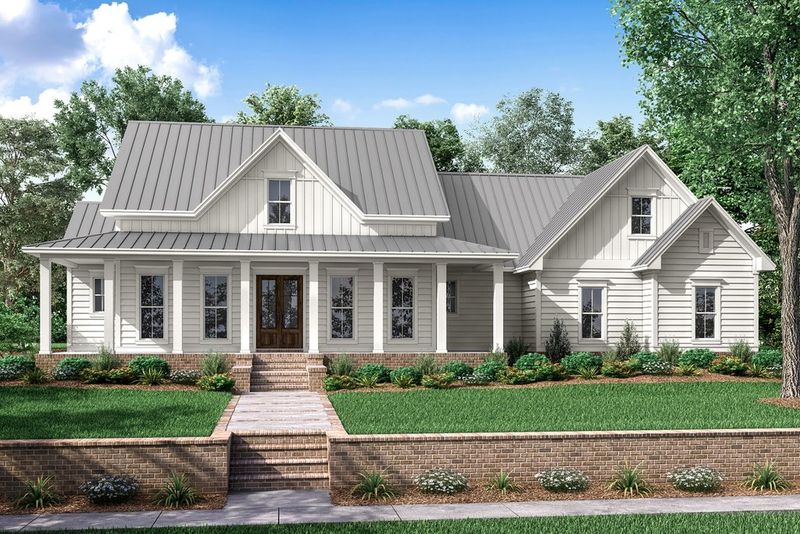
Nebraska homes average 1,978 square feet, providing Cornhusker State residents with practical living spaces at affordable prices. The state’s agricultural roots influence housing that emphasizes function over flashiness.
Many Nebraska properties feature open floor plans that maximize usable space. The state’s extreme temperature variations throughout the year create demand for flexible living areas that can adapt to different seasonal needs, from cozy winter gatherings to summer entertaining.
34. North Dakota’s Nordic Nooks
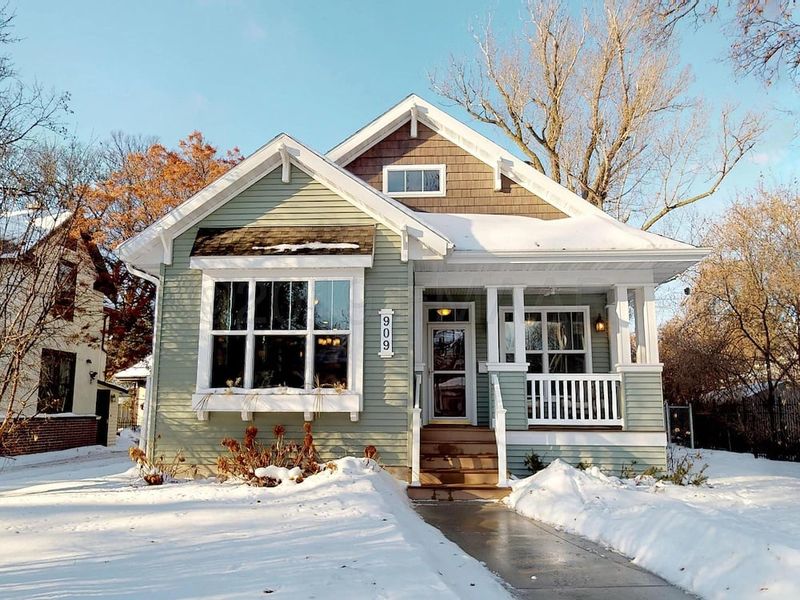
North Dakota homes average 1,964 square feet, offering Peace Garden State residents enough indoor space to weather those famous winters! The state’s energy boom has influenced newer construction trends.
Many North Dakota properties feature practical designs with mudrooms and ample storage for winter gear. The state’s Scandinavian heritage is reflected in efficient floor plans that maximize usable space without unnecessary frills, focusing on comfort during the long, cold winters.
35. Oregon’s Organic Outlines
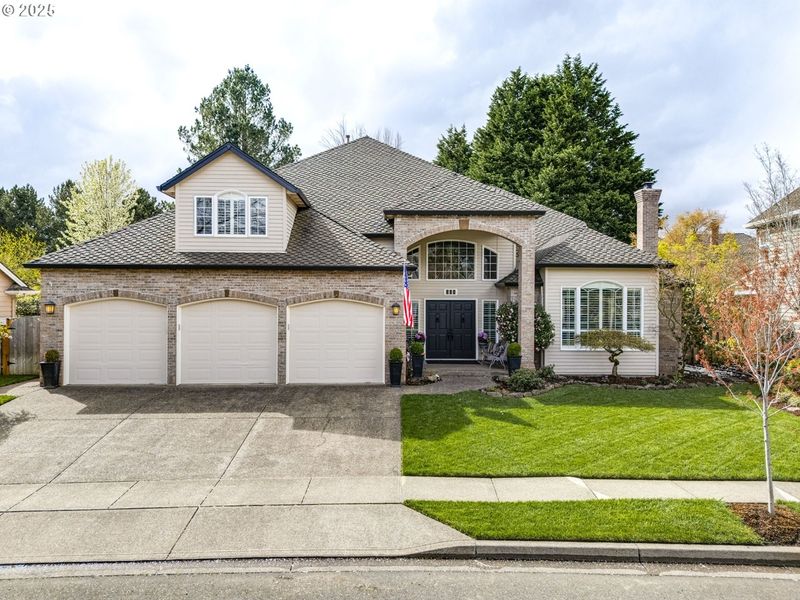
Oregon homes average 1,957 square feet, reflecting the Beaver State’s balance between urban density and rural spaciousness. The state’s environmental consciousness influences housing design and development patterns.
Many Oregon properties feature Pacific Northwest architectural elements that maximize natural light. The state’s diverse geography creates varied housing options, from compact Portland bungalows to more spacious rural properties throughout the Willamette Valley and beyond.
36. West Virginia’s Welcoming Widths
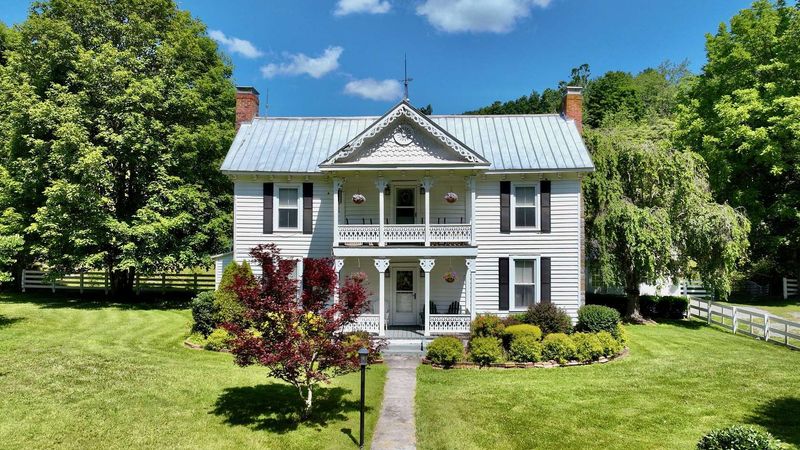
West Virginia homes average 1,943 square feet, offering Mountain State residents comfortable living spaces despite the challenging terrain. The state’s topography influences housing design, with many homes built into hillsides.
Many West Virginia properties feature traditional Appalachian elements adapted to modern living. The state’s coal mining heritage is reflected in practical, durable construction that maximizes available flat land, often with walkout basements that add usable living space while accommodating sloped lots.
37. Oklahoma’s Ordinary Outlines

Oklahoma homes average 1,932 square feet, providing Sooner State residents with practical living spaces at affordable prices. The state’s tornado-prone weather influences construction methods and home designs.
Many Oklahoma properties feature storm shelters or safe rooms that add to the overall square footage. The state’s mix of Native American, Western, and Southern influences creates diverse architectural styles, from ranch houses to more traditional designs with covered porches for relief from summer heat.
38. Alaska’s Arctic Abodes
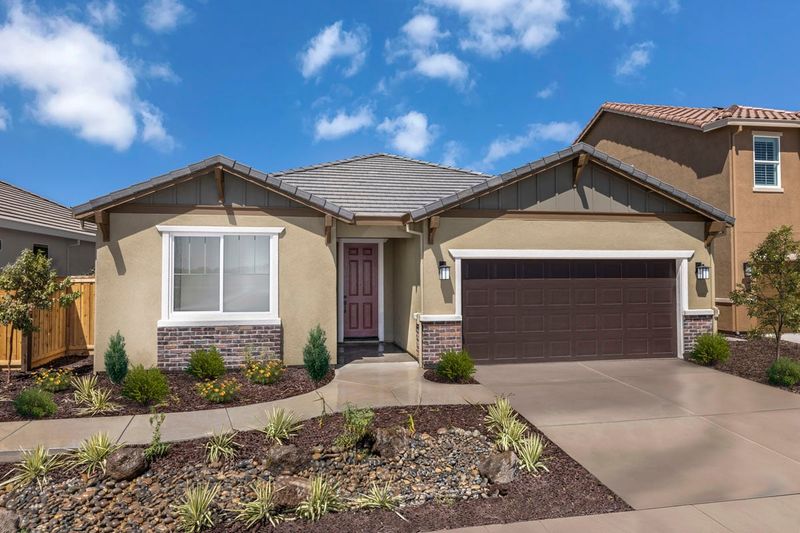
Alaska homes average 1,926 square feet, surprisingly modest given the Last Frontier’s abundance of land. The state’s extreme climate and construction challenges influence housing size and design.
Many Alaska properties feature practical elements like mudrooms and gear storage for outdoor activities. The state’s high construction costs and energy expenses encourage efficient designs that maximize usable space without creating unnecessarily large areas that would be expensive to heat during the long winters.
39. Connecticut’s Colonial Quarters
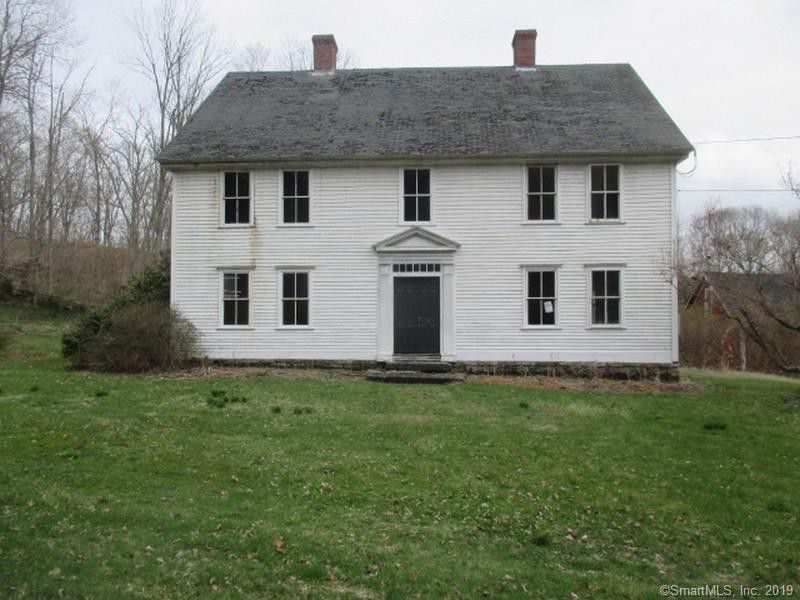
Connecticut homes average 1,915 square feet, reflecting the Nutmeg State’s blend of historical influence and modern development. The state’s proximity to New York City creates housing pressure in southwestern regions.
Many Connecticut properties showcase colonial architecture with formal layouts and traditional features. The state’s older housing stock often includes homes that have been expanded over time, with additions and renovations that increase the original footprint to meet contemporary living standards.
40. Kentucky’s Cozy Cabins
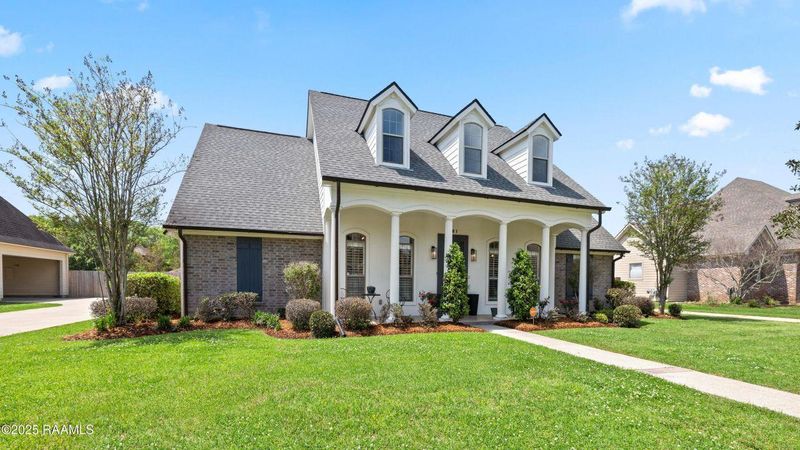
Kentucky homes average 1,901 square feet, offering Bluegrass State residents comfortable living spaces at relatively affordable prices. The state’s diverse geography creates varied housing options across different regions.
Many Kentucky properties feature traditional southern elements like front porches and formal dining rooms. The state’s bourbon heritage is sometimes reflected in homes with dedicated spaces for entertaining and spirits appreciation, particularly in newer upscale developments around Louisville and Lexington.
41. Mississippi’s Measured Mansions
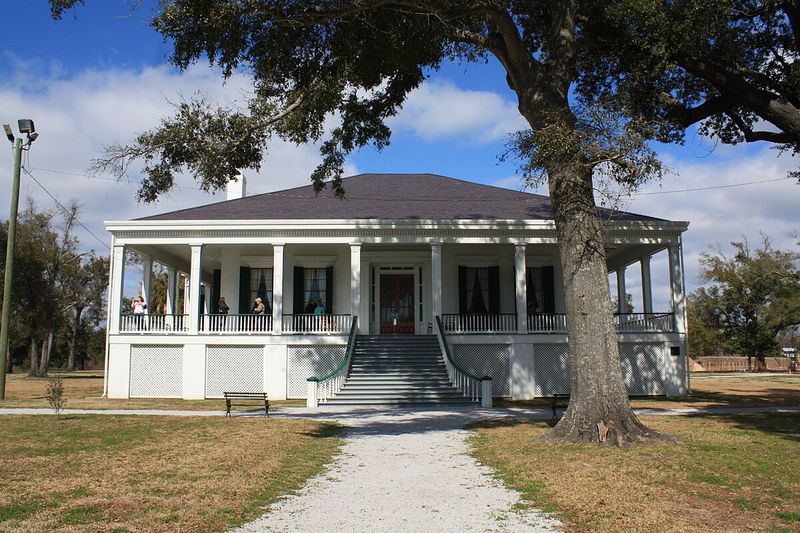
Mississippi homes average 1,879 square feet, providing Magnolia State residents with comfortable living spaces that reflect southern traditions. The state’s lower cost of living allows homebuyers to get more square footage for their dollar.
Many Mississippi properties feature traditional southern architectural elements like wide front porches and high ceilings. The state’s hot, humid climate influences design choices, with cross-ventilation and outdoor living spaces that effectively extend the usable area beyond interior measurements.
42. Arkansas’ Accessible Abodes
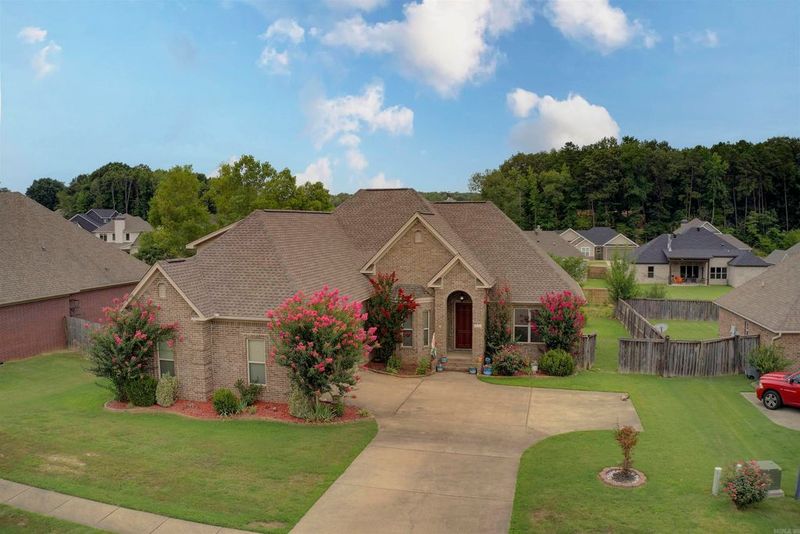
Arkansas homes average 1,864 square feet, offering Natural State residents practical living spaces at some of the nation’s most affordable prices. The state’s lower cost of living translates to more affordable housing options.
Many Arkansas properties feature traditional designs with formal and informal living areas. The state’s hot summers influence housing features like covered porches and patios that create outdoor living spaces, effectively extending the usable square footage beyond interior measurements.
43. Rhode Island’s Restrained Residences
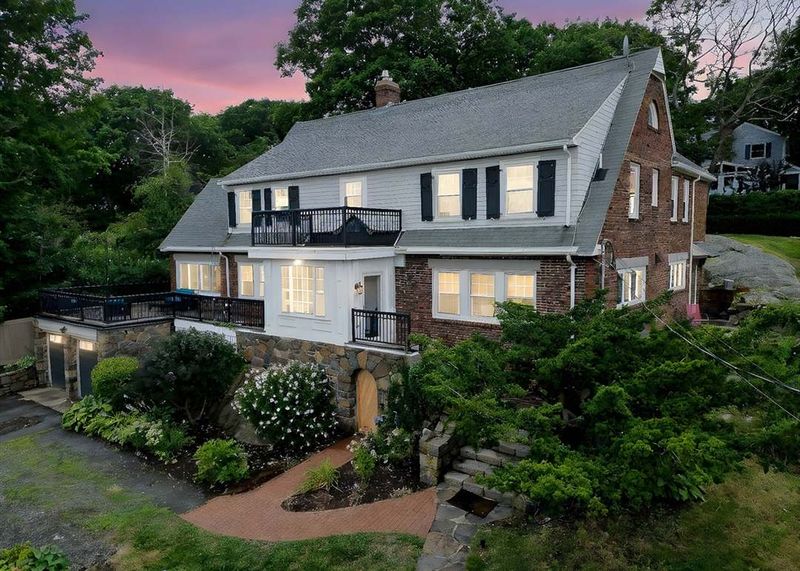
Rhode Island homes average 1,857 square feet, surprisingly spacious given the Ocean State’s tiny geographic footprint. The state’s limited land availability creates pressure to maximize space efficiency.
Many Rhode Island properties showcase colonial influences, with formal layouts that make the most of available space. The state’s coastal location influences design elements like widow’s walks and ocean-facing windows that create a sense of openness despite modest square footage.
44. California’s Compact Cribs
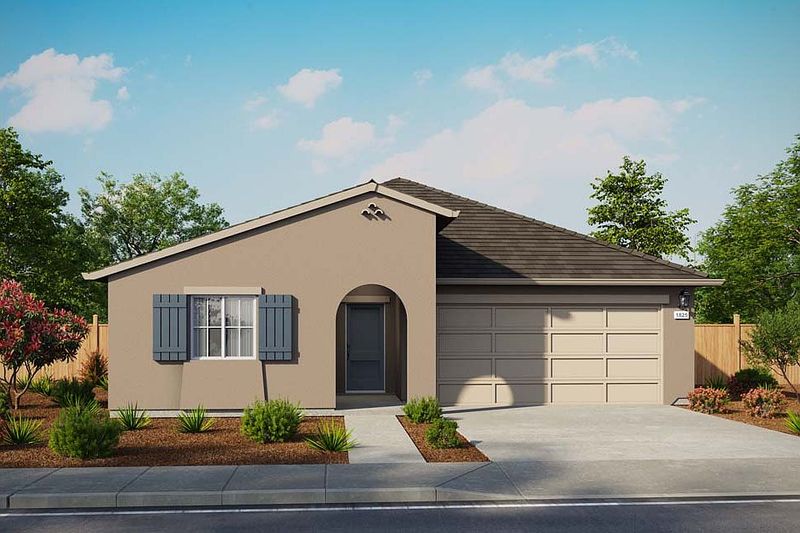
California homes average 1,825 square feet, surprisingly modest for the nation’s most populous state. The Golden State’s astronomical property values force many residents to sacrifice space for location.
Many California properties maximize their footprints with indoor-outdoor living areas that effectively extend usable space. The state’s diverse geography creates dramatic regional variations, from tiny San Francisco apartments to more spacious inland properties, balancing out to this relatively modest statewide average.
45. New Mexico’s Modest Measurements
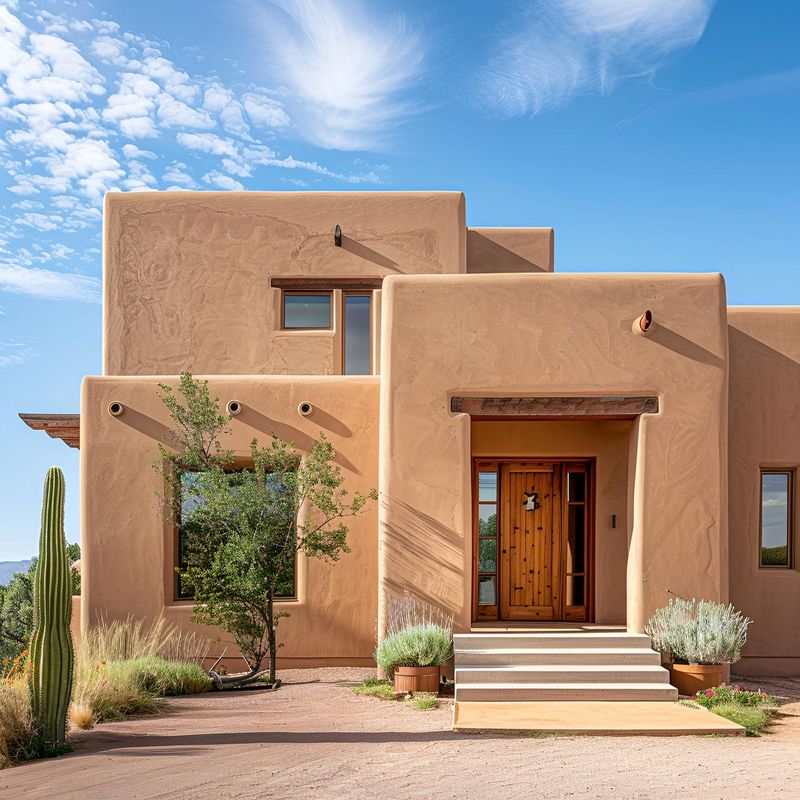
New Mexico homes average 1,817 square feet, reflecting the Land of Enchantment’s unique blend of cultural influences. The state’s adobe building tradition creates distinctive housing options not seen elsewhere.
Many New Mexico properties feature southwestern architectural elements like vigas and kiva fireplaces. The state’s desert climate influences design choices, with thick walls for insulation and courtyard layouts that create private outdoor living spaces that extend the functional area beyond interior measurements.
46. Illinois’ Intimate Interiors
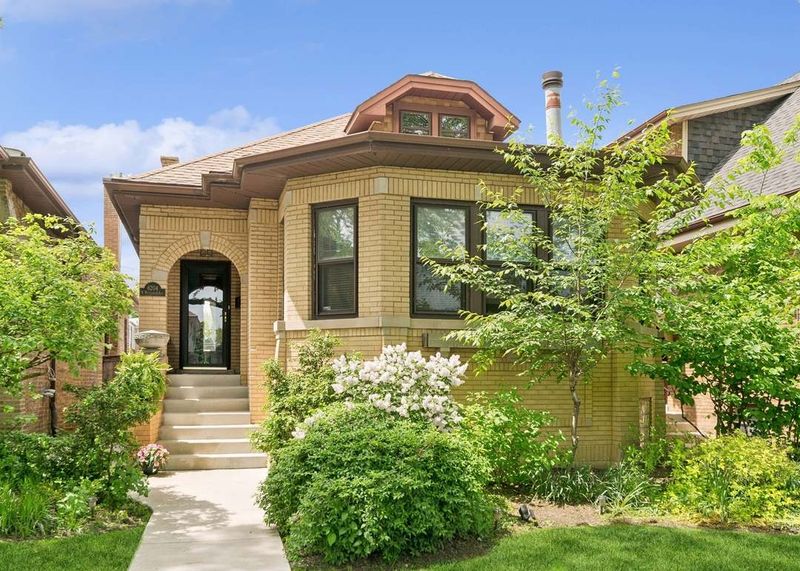
Illinois homes average 1,700 square feet, significantly below the national median. The Prairie State’s housing market is heavily influenced by Chicago’s urban density, pulling down the statewide average.
Many Illinois properties outside Chicago offer more generous proportions at affordable prices. The state’s architectural heritage includes everything from classic Chicago bungalows to Frank Lloyd Wright’s prairie style, creating diverse housing options that balance space efficiency with livability.
47. Maine’s Modest Manors
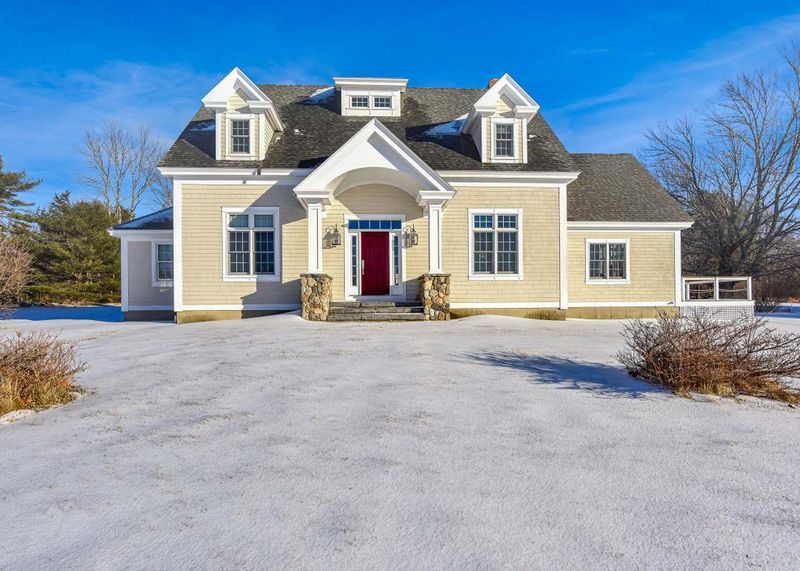
Maine homes average 1,680 square feet, offering Pine Tree State residents cozy spaces well-suited to the northern climate. The state’s rugged winters influence housing design, with many homes built for heat efficiency rather than sprawling size.
Many Maine properties feature New England architectural elements like steep roofs to shed snow. The state’s seafaring heritage is reflected in coastal homes with practical layouts, while inland properties often include wood storage areas and mudrooms that add functional space without excessive square footage.
48. Iowa’s Intimate Interiors
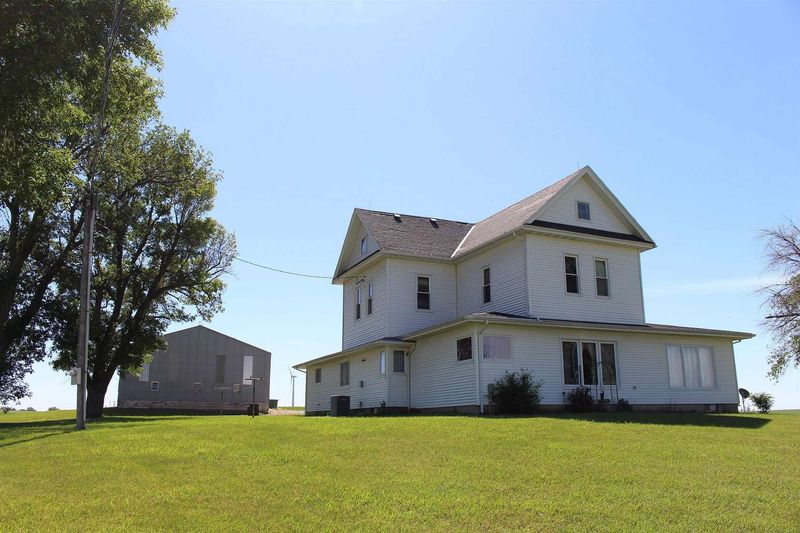
Iowa homes average 1,623 square feet, surprisingly compact for a state with abundant land. The Hawkeye State’s practical Midwestern sensibility is reflected in housing that prioritizes function over size.
Many Iowa properties feature efficient floor plans without unnecessary formal spaces. The state’s agricultural heritage influences home design, with practical mudrooms and storage areas that support rural lifestyles without adding excessive square footage to the overall footprint.
49. New York’s Notorious Nooks
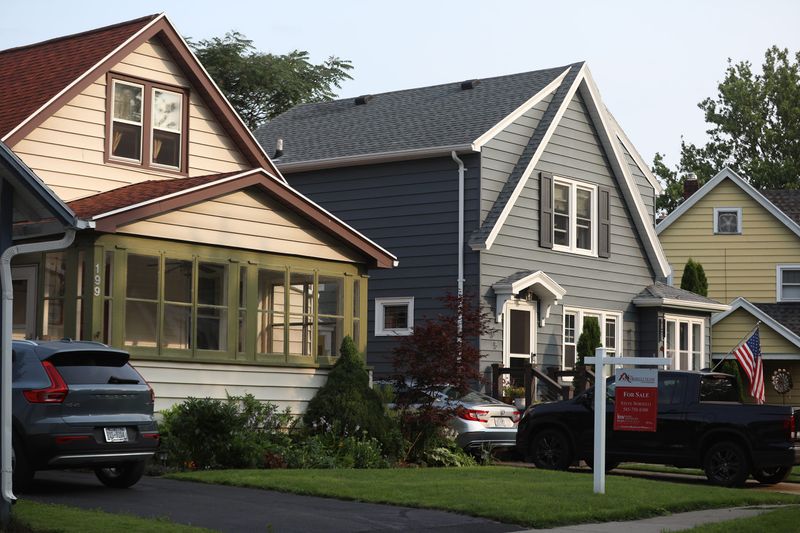
New York homes average just 1,490 square feet, dramatically below the national median. The Empire State’s average is heavily skewed by New York City’s notoriously tiny apartments and astronomical real estate prices.
Many upstate New York properties offer more generous proportions at affordable prices. The state’s diverse housing market includes everything from 400-square-foot Manhattan studios to sprawling Hudson Valley farmhouses, creating a fascinating mix that averages out to this relatively modest figure.
50. Hawaii’s Humble Hales
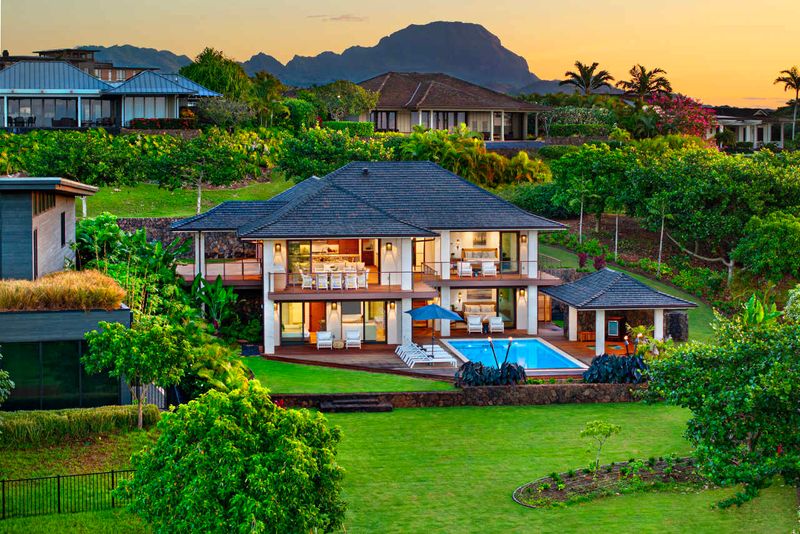
Hawaii homes average a mere 1,164 square feet, making them the smallest in the nation by far. The Aloha State’s limited land and astronomical property values force residents to embrace compact living.
Many Hawaiian properties maximize indoor-outdoor flow to make spaces feel larger than their measurements suggest. The state’s tropical climate allows for lanais and outdoor living areas that effectively extend the usable square footage, creating homes that feel more spacious than their modest footprints would indicate.

